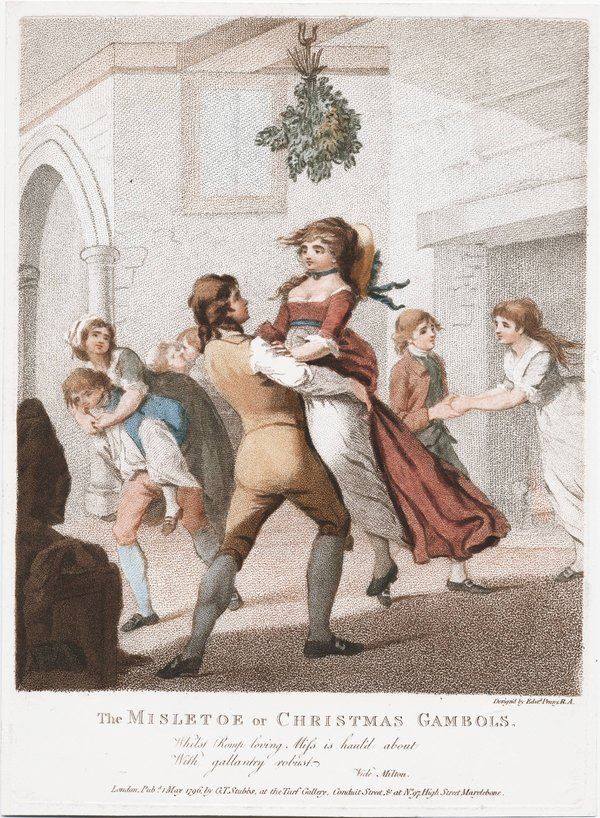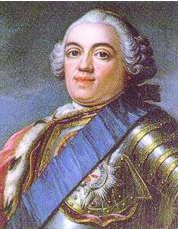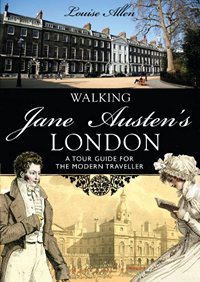The Mistletoe—A Christmas Tale
By Laura Maria (Mary Darby Robinson)
A Farmer’s Wife, both young and gay,
And fresh as op’ning morn of May!
Had taken to herself a Spouse,
And taken many solemn vows,
That she, a faithful mate would prove,
In meekness, duty, and in love;
That she, despising joy and wealth,
Would be, in sickness and in health,
His only comfort, and his friend—
But mark the sequel, and attend.
This Farmer, as the story’s told,
Was somewhat cross, and somewhat old;
His was the wintry hour of life,
While Summer smil’d before his Wife;
He was both splenetic and crusty,
She, buxom, blooming, blithe, and lusty;
A contrast, rather form’d to eloy
The zest of matrimonial joy!
‘Twas Christmas time, the Peasant
Assembled gay, with dance and song,
The Farmer’s kitchin long had been
Of annual sports the busy scene;
The wood fire blaz’d, the chimney wide,
Presented seats on either side;
Long rows of wooden trenchers, clean,
Bedeck’d with belly-boughs, were seen;
The shining tankard’s foamy ale
Gave spirits to the goblin tale,
While many a rosy cheek grew pale.
It happen’d that, some sport to shew,
A magic bough, and well defign’d
To prove the coyest maiden kind:
A magic bough, which Druids old
In sacred mysteries enroll’d;
And which, or gssip Fame’s a liar,
Still warms the soul with vivid fire,
Still promises celestial bliss,—
While bigots snatch their idols kiss.
The Mistletoe was doom’d to be
The talisman of destiny!
Beneath its ample boughs, we’re told,
Full many a timid swain grew bold;
Full many a roguish eye askance,
Beheld it with impatient glance;
And many a ruddy cheek consest
The trimphs of the beating breast;
And many a rustic rover sigh’d,
Who ask’d the kiss—and was denied.
First Marg’ry smil’d, and gave her lover
A kiss—then thank’d her stars, ‘twas over!
Next Kate, with a reluctant pace,
Was led towards the mystic place/
Then Sue, a merry laughing jade,
A dimpled, yielding blush display’d;
While Joan, her chastity to shew,
Wish’d the “bold knaves would serve her so!
She’d teach the rogues such wanton play,”
And well she could, she knew the way!
The Farmer, mute with jealous care,
Sat sullen in his wicker chair;
Hating the noisy gamesome host,
Yet fearful to resign his post;
He envied all their sportive strife,
But most he watch’d his blooming wife;
And trembled, lest her steps should go,
Incautious, near the Mistletoe.
Now Hodge, a youth of rustic grace,
Of form athletic, mainly face,
On Mistress Homespun turn’d his eye,
And breath’d a soul-declaring sigh;
Old Homespun mark’d his list’ning fair,
And nestled in his wicker chair;
Hodge swore she might his heart command,
The pipe was dropp’d from Homespun’s hand!
Hodge prest her slender waist around,
The Farmer check’d his draught, and frown’d;
‘Twas Mistress Homespun’s turn to go,
Old Surly shook his wicker chair—
And sternly utter’d,—“Let her dare!”
Hodge to the Farmer’s wife declar’d
Such husbands never should be spar’d;
Swore, they deserv’d the werst disgrace,
That lights upon the wedded race,
And vow’d, that night, he would not go,
Unblest, beneath the Mistletoe.
The merry group all recommend
A harmless life, the strife to end:
“Why not?” says Marg’ry, “who would fear
“A dang’rous moment once a year?”
Susan observ’d, that “ancient folks
“Were seldom pleas’d by youthful jokes.”
But Kate, who, till that fatal hour,
Had held o’er Hodge unrivall’d pow’r,
With curving lip, and head aside,
Look’d down, and smil’d in conscious pride,
Then, anxious to conceal her care,
She humm’d—What fools some women are!
Now Mistress Homespun, sorely vex’d,
By pride and jealous rage perplex’d;
And angry, that her peevish spouse
Should doubt her matrimonial vows;
But, most of all, resolv’d tomake,
An envious Rival’s bosom ache,
Commanded Hodge to let her go,
Nor lead her near the Mistletoe,
“Why should you ask it o’er and o’er?”
Cried she, “we’ve been there twice before!”
‘Tis thus to check a Rival’s sway,
That women oft themselves betray!
While, Vanity alone pursuing,
They rashly prove their own undoing!
About Mary Darby Robinson and this Painting
From the Wallace Collection:
Mary Robinson (1758-1800) was one of the best known actresses and writers of the 18th century. She was also one of the most painted and caricatured woman of the period. Having first appeared on stage in 1776, it was a later performance in The Winter’s Tale for which the actress became particularly famous; a part which earned her the nickname ‘Perdita’. It was in this role that Mrs Robinson first caught the attention of the Prince of Wales (later George IV), with whom she went on to have a brief but notorious affair.
 This portrait was commissioned in 1781 by the Prince of Wales (later George IV). He had ended a brief affair with Mrs Robinson, who then sought financial compensation from him; after Robinson resorted to blackmail, he eventually agreed to a settlement in August of that year. Mrs Robinson is depicted holding a miniature portrait of the Prince (1735-1789), a gift from him during their liaison.
This portrait was commissioned in 1781 by the Prince of Wales (later George IV). He had ended a brief affair with Mrs Robinson, who then sought financial compensation from him; after Robinson resorted to blackmail, he eventually agreed to a settlement in August of that year. Mrs Robinson is depicted holding a miniature portrait of the Prince (1735-1789), a gift from him during their liaison.
Gainsborough’s fluid brushwork and loose composition are particularly notable. The sitter appears to melt into the landscape, imparting a poetic dimension to the picture. Although it is recognised today as one of the artist’s masterpieces, he withdrew the portrait from the Royal Academy exhibition in 1782 after it was criticised for not conveying an exact physical likeness of the sitter, and was unfavourably compared to portraits of the same sitter by Reynolds and Romney.
The painting was presented to the 2nd Marquess of Hertford by the Prince Regent in 1818.



















